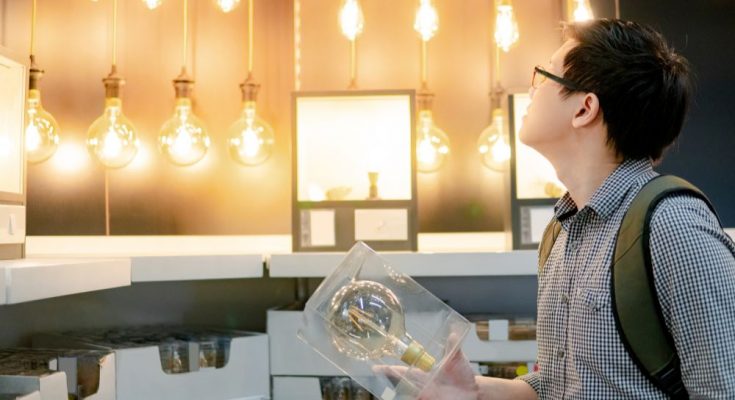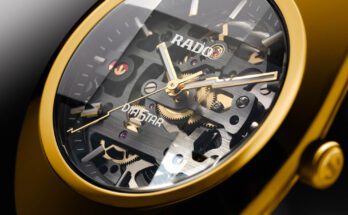Are you looking for the perfect lighting solution for your home or business? To achieve the ideal lighting situation, you must understand the four different types of light bulbs. Keep reading to learn more.
Incandescent & Halogen Light Bulbs
Incandescent light bulbs are the original light bulbs, whose conception is credited to Thomas Edison. Incandescent bulbs function quite simply – a metal filament, often made from tungsten, is heated by a flow of electricity. This heat results in a lovely, warm glow. Incandescent lights feature glass bulbs to protect the filament from oxidation.
However, incandescent lights are fairly outdated, as their high-heat requirements make them energy-inefficient. Additionally, their lifespan is significantly shorter than other, more modern light bulb options. And thanks to an energy bill passed in 2007 that put conditions on light bulb energy efficiency, there are fewer and fewer incandescent lights throughout America.
Halogen lamps also use a tungsten filament to produce light. However, these lights feature a second bulb within a larger bulb. The innermost bulb contains the filament and halogen gas. This specific “bulb-inside-bulb” design improves lighting quality and lifespan. While better performing than incandescent light bulbs, halogen lamps are still more energy-inefficient than fluorescents and LEDs.
Fluorescent Light Bulbs
Fluorescent light bulbs don’t feature a metal filament – instead, the inside of the bulb is coated with phosphor powder, inert gas, and trace amounts of mercury. When electricity flows through the bulb, the mercury is ionized and produces ultraviolet, invisible light. The powder coating absorbs the UV light and creates a visible white glow.
This design makes fluorescent light bulbs last ten times longer than incandescent bulbs and allows for more freedom in shape and size. As such, these affordable lighting solutions are often found in large commercial buildings, facilities, and parking structures. Unfortunately, the white light emitted from fluorescents is often harsh on the human eye, and the small amounts of mercury make safe disposal of these bulbs difficult.
LEDs
LED, or light-emitting diode, technology is relatively young compared to the other bulbs on this list. However, its rise in popularity as the perfect residential and commercial lighting solution is meteoric. LEDs consist of a semiconductor that produces light when electricity passes through and runs across nonconductive components.
It’s a heatless process that consumes significantly less energy without sacrificing lighting quality (or lumens). Additionally, their life span is 25-50 times longer than incandescent light bulbs. Many individuals, families, and businesses are making the switch to LEDs in an effort to cut costs and be more environmentally conscious.
Understanding the four different types of light bulbs ensures you make a more environmentally-friendly and economically smart purchase when finding the ideal light solution. Ultimately, LEDs offer the most benefits and lighting control, making them a superior choice for lighting homes and businesses.



